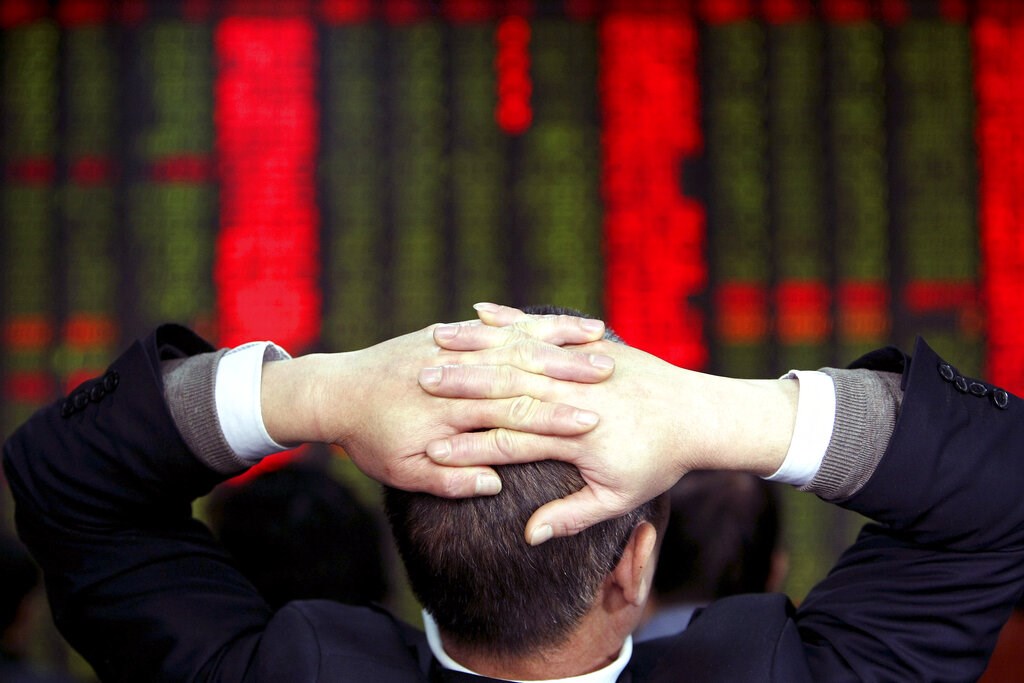Kate Lin: Welcome to Morningstar. Strategic beta funds, popularly known as smart beta funds, have seen inflows slow in the recent years. These funds are designed for investors who want exposure to specific factors like quality or momentum. Jackie Choy, Director of ETF Research at Morningstar, has recently concluded research on these funds and is here to tell us what he found.
Hi, Jackie. What has investor appetite been like for strategic beta exchange-traded products (ETPs) for 2021?
Jackie Choy: Hi, Kate. It's great to see you. Let's look at the global picture first. And as you mentioned, like, we've been seeing like a big fast growth in the market, but more recently the space has matured with market share stalled and slowdown of launches and more closures. For example, in the U.S., there were only 17 new strategic beta ETP launches in 2021, the lowest since 2010. And I think despite this space reaching maturity in 2021, there are some certain types of strategic beta ETPs that investors are more interested in.
First is the dividend strategies. ETPs belonging to the dividend strategic beta groups continue to rank at or near the top of the list of the most popular strategic beta ETPs in the region that we studied. While this is not too surprising, I would say, given the context of low interest rate environment and the secular growth of demand in income. The other worth mentioning cohort are the ETFs exploiting the value factor. It looks like the long-awaited comeback for value stocks has finally arrived where we saw more than US$62 billion worth of net inflows into these ETPs worldwide.
Lin: Let's bring the focus to Asia. Are the popular funds falling into the same group as the global trends?
Choy: Well, for the Asia Pacific region, first of all, let's talk about the organic growth and what we saw was that strategic beta ETPs slowed significantly in 2021 at only 12% and no longer the fastest-growing region when it comes to strategic beta ETPs. And this slowdown was mainly attributable to the Bank of Japan declare that ETFs tracking the Nikkei 400 Index were no longer eligible for their ETF purchase program. And within these different strategic beta products, quality has always been the largest strategic beta group in terms of assets in Asia due to Bank of Japan purchases it saw the largest net inflows in quality strategic beta ETPs in the past. But in 2021, however, dividend strategic beta ETPs surpassed quality strategic beta ETPs as the largest, biggest contributor of net flows. Again, like given low interest rate environment in the region it's a little surprise that dividend strategic beta ETPs have been popular in Asia.
Lin: You mentioned Japan. How did it become a driver for inflows?
Choy: So, recall that in the past decade, the Bank of Japan has been using ETF as a tool for its QQE (Quantitative and Qualitative Monetary Easing) program. So, the ETFs tracking the Nikkei 400 Index, the Nikkei 225 Index and the TOPIX Index have been eligible within the Bank of Japan's ETF purchase program. This has been the big driver for the growth in the ETF market in Japan and more noticeably, in this strategic beta market, Nikkei 400 Index belongs to the quality strategic beta group and therefore, purchases in the ETF tracking the Nikkei 400 Index have been seeing very strong inflows in these products.
Lin: So, lastly, closer to home, can you share some of the Hong Kong and mainland China market trends?
Choy: Right. So, Hong Kong is a fairly small market in terms of strategic beta ETPs with only 11 strategic beta ETPs and asset size only US$700 million in total. And going to China, the strategic beta market showed some signs of slowing in 2021 after a few years of very strong growth. What we saw was that the local market, its attention appears to have shifted from strategic beta to thematic funds where we saw thematic funds' assets, active and passive combined, grew 51% in 2021, whereas strategic beta ETPs grew only 18%, slower than the overall market's growth, which was at 37%.
Lin: Thank you so much for your time, Jackie. For Morningstar, I'm Kate Lin.











.png)


.jpg)





